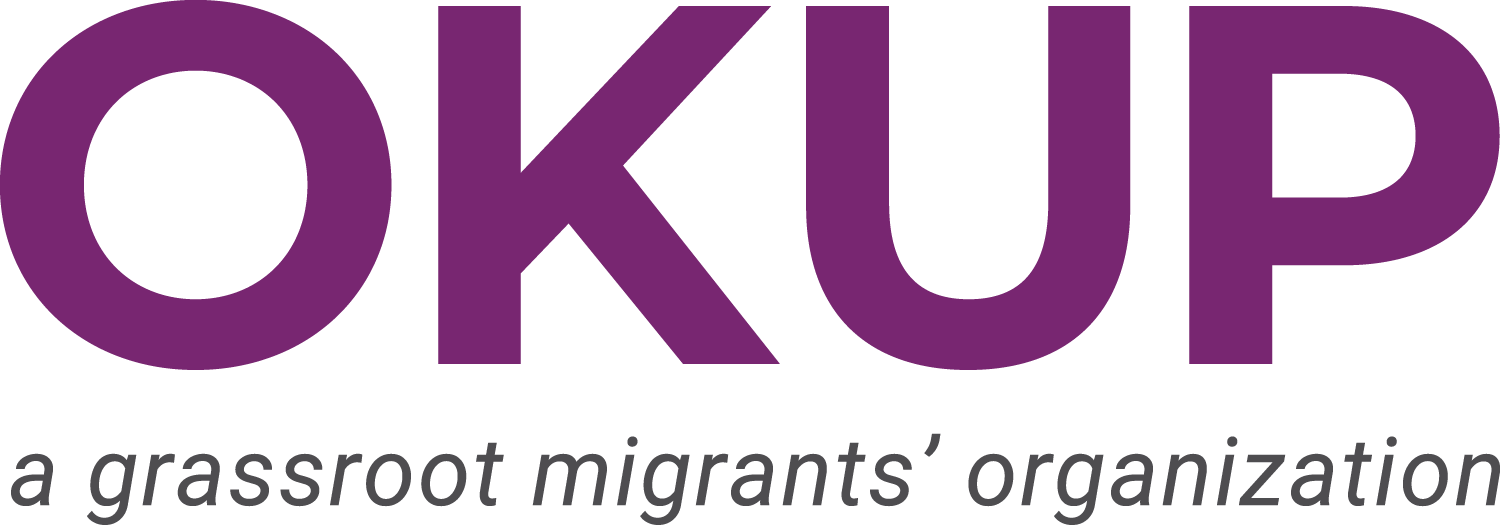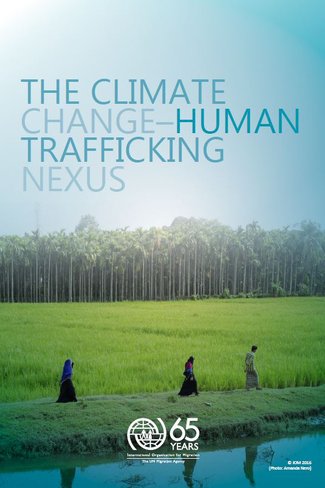The Climate Change-Human Trafficking Nexus (Cambodia)
2016
- Author
- International Organization for Migration (IOM)
- World region
- East Asia and Pacific
- Origin of migration
- Cambodia
- Area of transit
- No data available
- Destination of migration
- Thailand
- Who is affected
- Agricultural communities
- Type of climatic event
-
Rapid-onset event, Slow-onset event
Droughts and floods.
- Type of migration/mobility
-
Cross-border
Families affected by drought are more likely to migrate and take unsafe and undocumented migration routes.
- Destination industry or sector
-
No data available
- Type of modern slavery
-
No data available
- Link between climate change, migration and modern slavery
- Direct
- Key vulnerability factors
-
Precariousness and need increase vulnerability to modern slavery.
- Summary
-
This document collects evidence on the link between climate change, migration and human trafficking. It notes that increased vulnerability to human trafficking as a result of distress migration in the context of climate change is still not sufficiently acknowledged. This situation contributes to communities remaining vulnerable. Desperation pushes some families and individuals to facilitate human traffickers' work to earn an income. Extractive businesses also play a role in worsening vulnerability to modern slavery. Evidence on the exposure of men and boys to human trafficking is lacking compared to that on women, and more research is needed on this overarching topic.
- Recommendations
-
Communities affected by climate change should be assisted to move, to protect individuals' safety, dignity and freedom from modern slavery. Responses to human trafficking should address climate change impacts that increase vulnerability to modern slavery. The source recommends specific interventions for before, during and after extreme climate change events.



